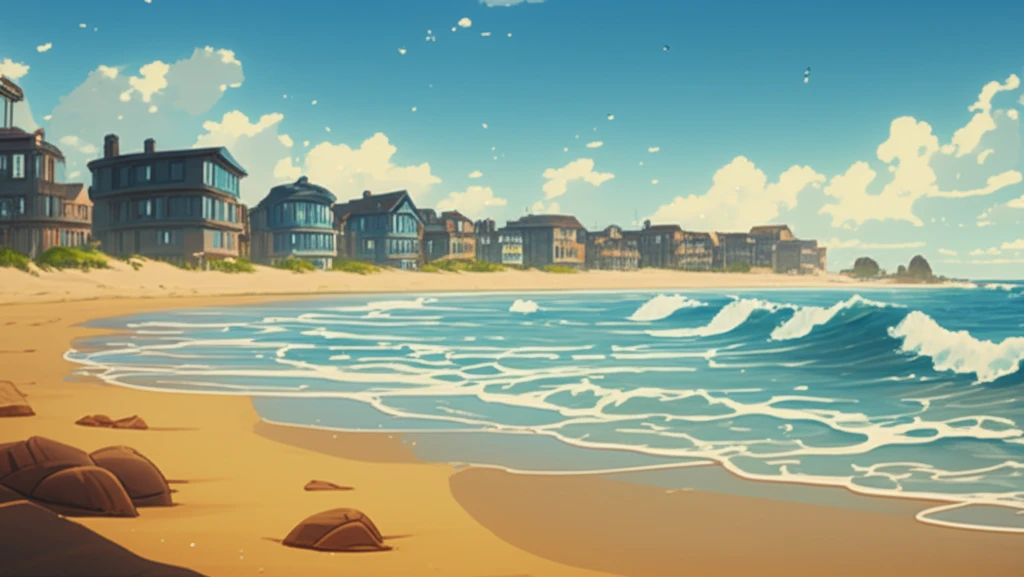
Beach Re-nourishment: Can It Save Your Property Value?
"Discover how strategic beach management can protect coastal investments and enhance community appeal."
Coastal living is a dream for many, but it comes with unique challenges. Beach erosion, driven by natural forces and human activities, poses a significant threat to property values and the overall appeal of coastal communities. Imagine investing in a beautiful beachfront home only to see the shoreline recede year after year.
This is where beach re-nourishment comes into play. It's a strategy designed to combat erosion by adding sand to an eroding beach, effectively widening it and restoring its natural buffer against storms. But does it really work? Does re-nourishment truly protect property values, or is it just a temporary fix?
In this article, we'll dive into the world of beach re-nourishment, exploring its impact on property values and the broader coastal economy. We'll examine a case study of Folly Beach, South Carolina, a community that has invested in re-nourishment to combat erosion. By understanding the science, economics, and community perspectives, you can make informed decisions about coastal investments and support sustainable beach management practices.
Understanding Beach Re-nourishment: A Coastal Community's Lifeline

Beach re-nourishment involves restoring eroding beaches by adding large quantities of sand. This process aims to widen the beach, providing a buffer against storms and erosion, while also enhancing recreational space. However, the approach to re-nourishment can vary, impacting its effectiveness and community perception.
- Lengthening the Beach: Extending the beach at either end to combat erosion.
- Deepening the Beach: Adding sand along the existing beach to increase the distance from the high tide mark.
- Improving Protective Features: Repairing and strengthening dunes to protect against erosion.
Protecting Our Shores: The Future of Beach Re-nourishment
Ultimately, beach re-nourishment is more than just a Band-Aid solution; it's a strategic investment in the long-term health and prosperity of coastal communities. By understanding its benefits, challenges, and the importance of community involvement, we can ensure that our beaches remain vibrant, valuable assets for generations to come. It's about making informed decisions, supporting sustainable practices, and working together to protect the places we love.
